
8 Eco Friendly Retail Business Success Stories [2025]
Looking to combine profit with purpose? Consider starting an eco-friendly retail business. This venture focuses on selling sustainable products that minimize environmental impact.
From organic apparel and zero-waste toiletries to eco-friendly home goods, the aim is to offer consumers alternatives that are kinder to our planet. The market for eco-friendly products is growing rapidly as more people become conscious of their purchasing decisions.
You'll manage sourcing responsibly-made goods, curating an ethically-sound inventory, and educating customers on the benefits of sustainable living. This involves diligent product research, ethical partnerships, and transparent marketing.
If you're passionate about sustainability and want to align your business with your values, an eco-friendly retail store can be both a lucrative and fulfilling venture.
In this list, you'll find real-world eco-friendly retail business success stories and very profitable examples of starting a eco-friendly retail business that makes money.
1. LastObject ($2.88M/year)
Isabel, a co-founder of LastSwab, along with two other independent designers, came up with the idea for their reusable cotton swab after researching harmful single-use items and finding that cotton swabs were a major contributor to pollution. They launched their business through crowdfunding platforms and have since attracted and retained customers through Instagram and newsletters. Their goal is to create a range of LastItems to reduce single-use items and create a more sustainable world.
How much money it makes: $2.88M/year
How many people on the team: 6
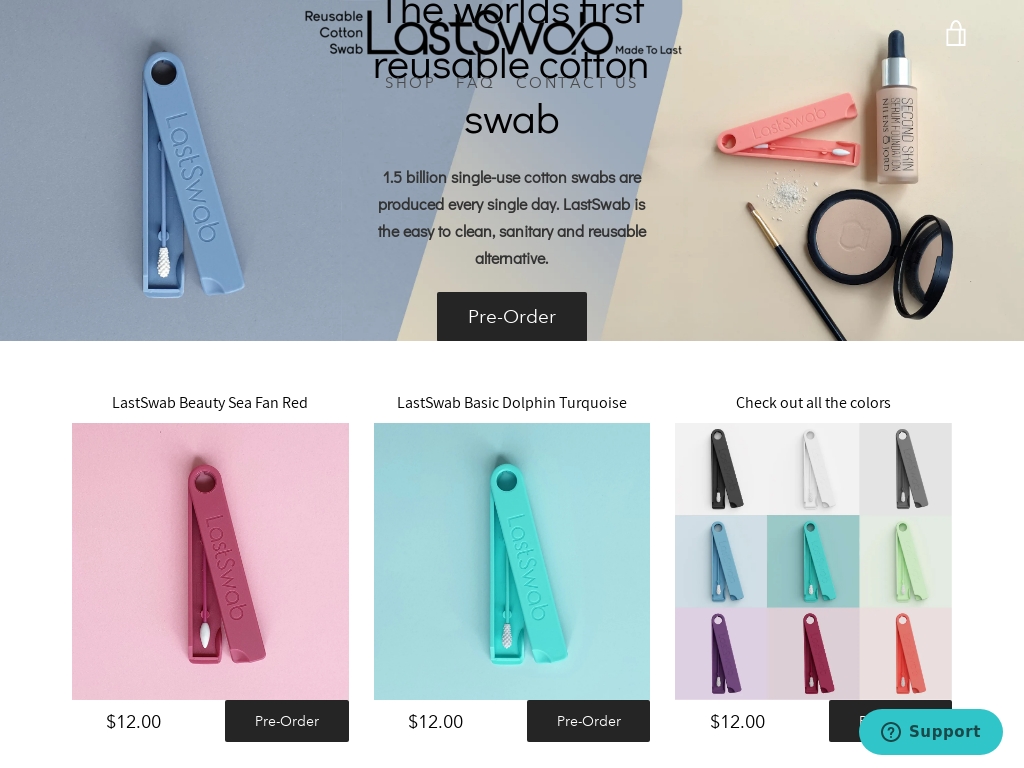

Danish start-up LastSwab, co-founded by Isabel, has received €1m ($1.2m) in crowdfunding on platforms including Kickstarter and Indiegogo, exhibiting the appetite for reusable products that reduce environmental pollution.




2. Plaine Products ($2.4M/year)
Hello! Meet Lindsey McCoy, the CEO of Plaine Products, a hair and body care company that is on a mission to eliminate single-use plastic bottles. After witnessing the environmental impact of plastic pollution during her time in The Bahamas, Lindsey decided to create a solution by offering refillable aluminum bottles. With over 300,000 plastic bottles diverted from landfills and oceans, Plaine Products is making a significant impact in the fight against plastic waste.
How much money it makes: $2.4M/year
How much did it cost to start: $50K
How many people on the team: 6
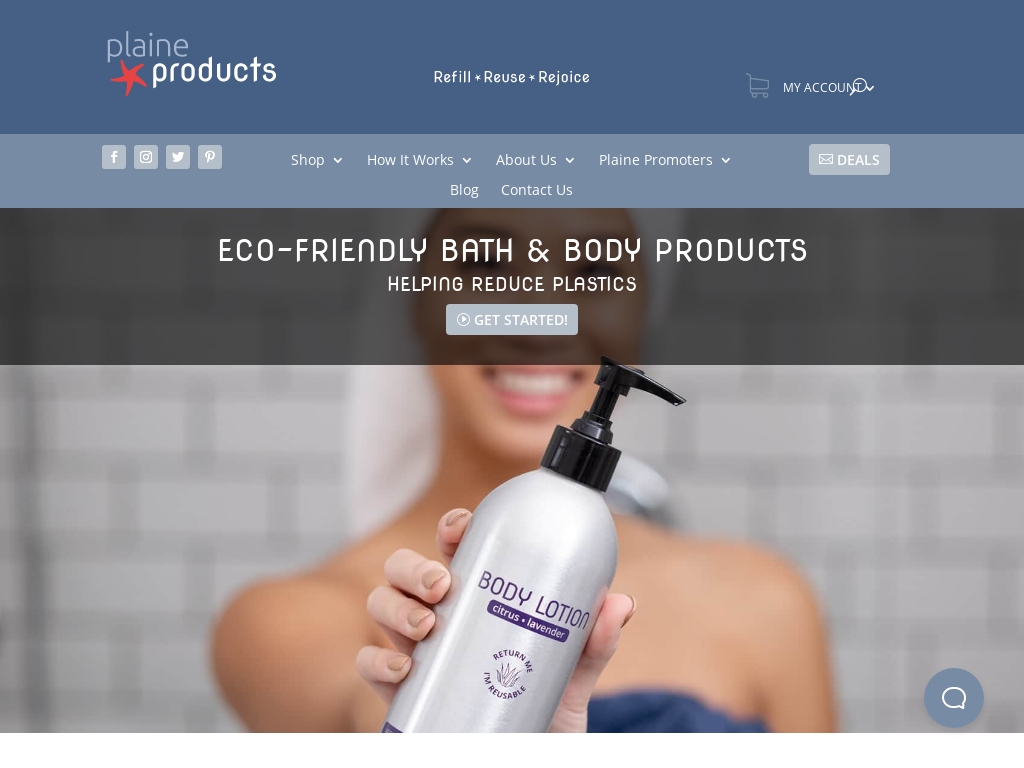

Plaine Products CEO, Lindsey McCoy, rids the world of single-use plastic bottles and turns her passion for sustainability into a $2.4M/year hair and body care brand, diverting over 300,000 plastic bottles from landfills and oceans.




3. Jungle Culture ($1.62M/year)
Jamie Skinner and his business partner, Chris, started Jungle Culture as a way to fund their traveler lifestyles and create positive change. They initially focused on selling bamboo straws and quickly became one of the world's biggest bamboo straw companies. Their success led them to switch their focus to eco-friendly products as a whole, and Jungle Culture now generates over $1 million in revenue.
How much money it makes: $1.62M/year
How much did it cost to start: $1.2K
How many people on the team: 4
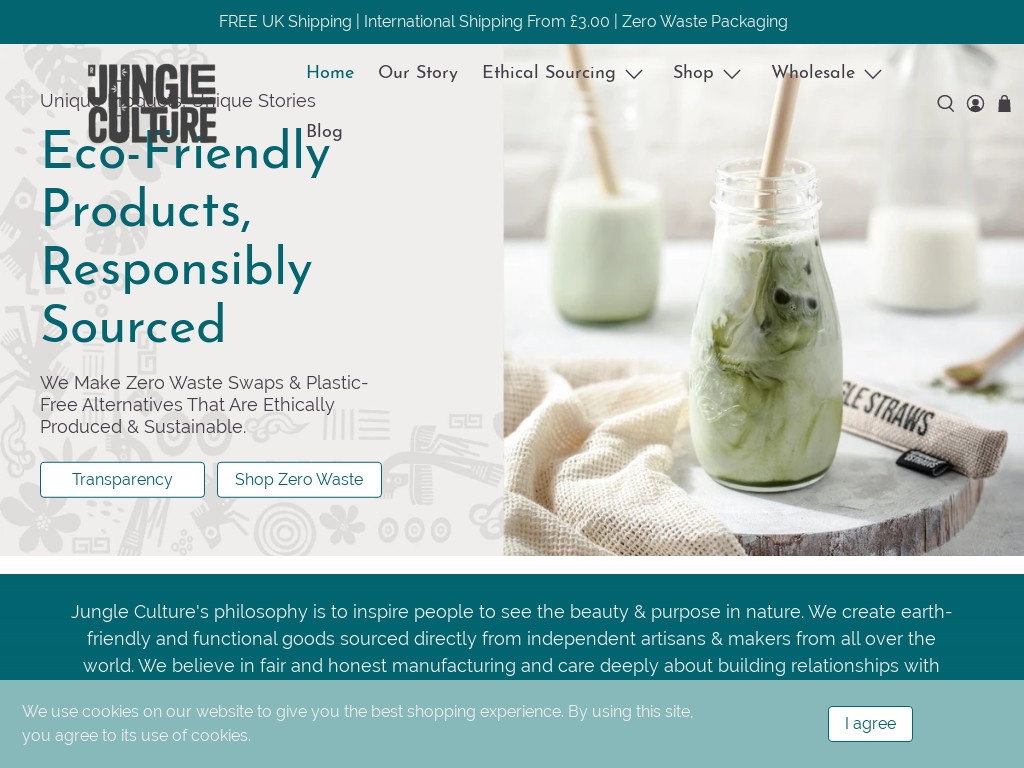

Jungle Culture, an e-commerce brand that sells eco-friendly products, started with just one product and turned over just over $1,000,000 in a year by sourcing products directly from farms, small craft workshops, and ethical factories and selling them online worldwide.




4. Boomerangz Footwear ($480K/year)
Brad Munro, the founder of Boomerangz Interchangeable Thongs, came up with the idea after experiencing multiple thong blowouts while traveling in Europe. Recognizing a gap in the market, Brad and his business partner developed thongs with interchangeable bases and straps to minimize blowouts and offer customization options. They launched the product through a crowdfunding campaign, raising $50,000 in sales within six weeks and eventually expanding their distribution to multiple countries.
How much money it makes: $480K/year
How much did it cost to start: $50K
How many people on the team: 3


Boomerangz Footwear created interchangeable thongs designed to minimize blowouts and with patented bases and straps, resulting in a successful crowdfunding campaign that raised $50,000 in 6 weeks and led to the company being stocked in over 40 stores around Australia and expanding globally.




5. Root Bridges ($324K/year)
Udit, an investment banker with a passion for nature and greenery, started Root Bridges, an online plants store, to bring greenery into people's lives. With a background in economics and no experience in eCommerce or horticulture, Udit learned everything from scratch, starting with pop-up stores and gathering feedback from customers. The business now clocks sales of $350,000 per year and is focused on attracting and retaining customers through SEO, offering free plant feed, better prices, and free replacements for in-transit damage.
How much money it makes: $324K/year
How much did it cost to start: $46K
How many people on the team: 11
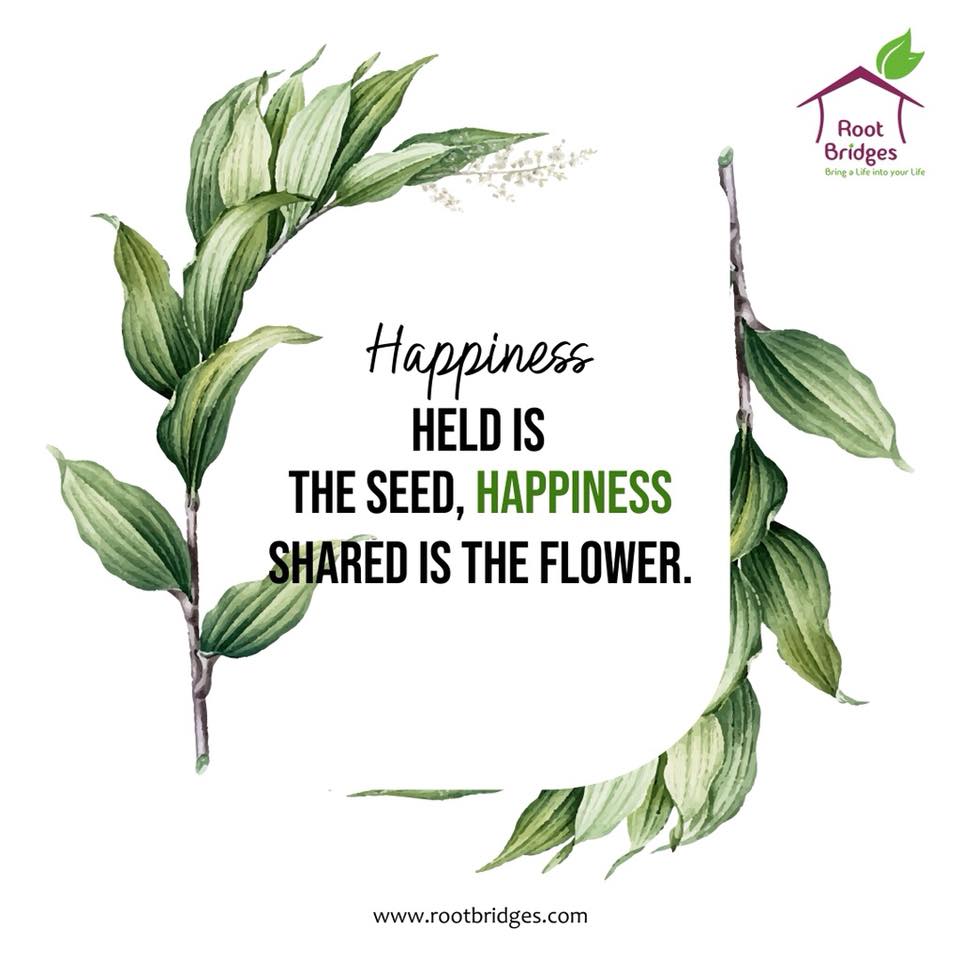

Root Bridges is a profitable online plant store in India that delivers hard-to-find indoor plants, clocking sales of $350,000 per year and grown 200% YoY during the pandemic, offering free plant feed on orders, better prices than marketplaces, and free replacements for in-transit damage.




6. Big Bee, Little Bee ($240K/year)
Founder Amy Leinbach came up with the idea for Big Bee, Little Bee when her 2.5-year-old daughter wanted to wash herself but couldn't find a suitable tool. She decided to create the ScrubBEE silicone scrubber, which quickly gained popularity and became her top-selling product. Despite the challenges of 2020, Leinbach managed to grow her business significantly, gaining features on Good Morning America and expanding her retail partnerships.
How much money it makes: $240K/year
How much did it cost to start: $15K
How many people on the team: 1
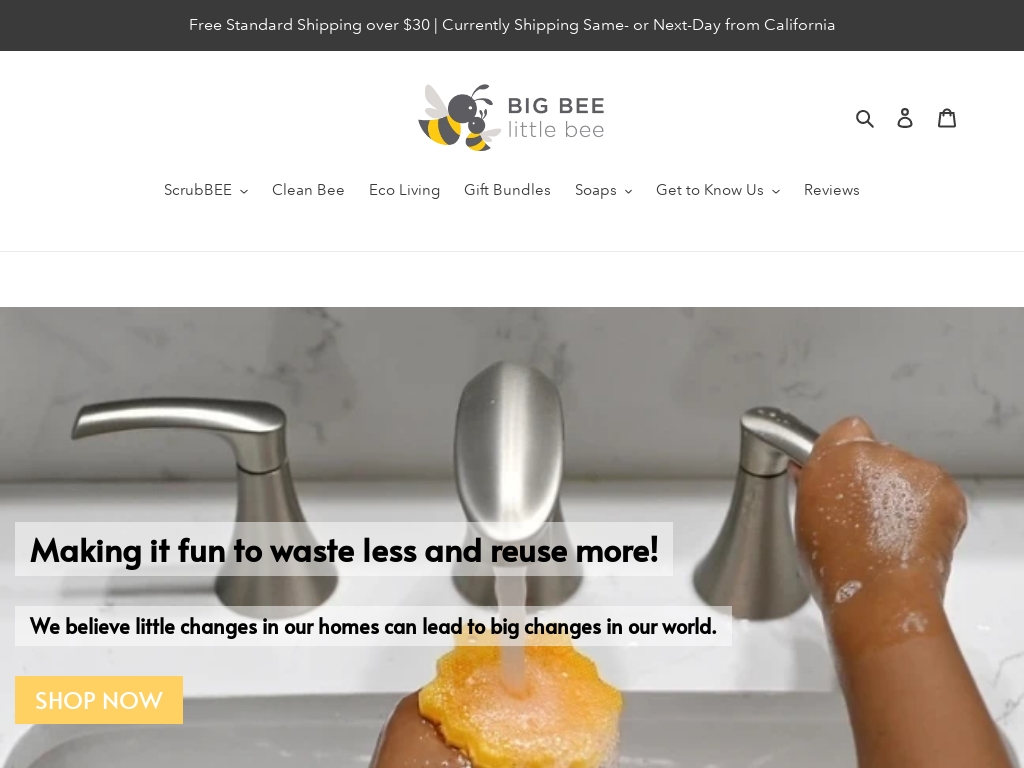

"Founder of Big Bee, Little Bee discusses how her daughter inspired her innovative products, including the top-selling Easy-Grip Silicone Scrubber, and how they managed to grow their business after being featured on national TV shows, despite challenges in 2020."




7. Dirty Labs ($240K/year)
David Watkins, CEO and co-founder of Dirty Labs, came up with the idea for his business after working in consumer electronics and realizing the short lifespan of the products he was creating. He partnered with chemist Dr. Pete He and identified laundry detergent as the product to start with, aiming to create a solution that was safe, sustainable, and effective. They developed a prototype formula and secured funding from investors and notable individuals before launching their direct-to-consumer business.
How much money it makes: $240K/year
How much did it cost to start: $2.5M
How many people on the team: 7
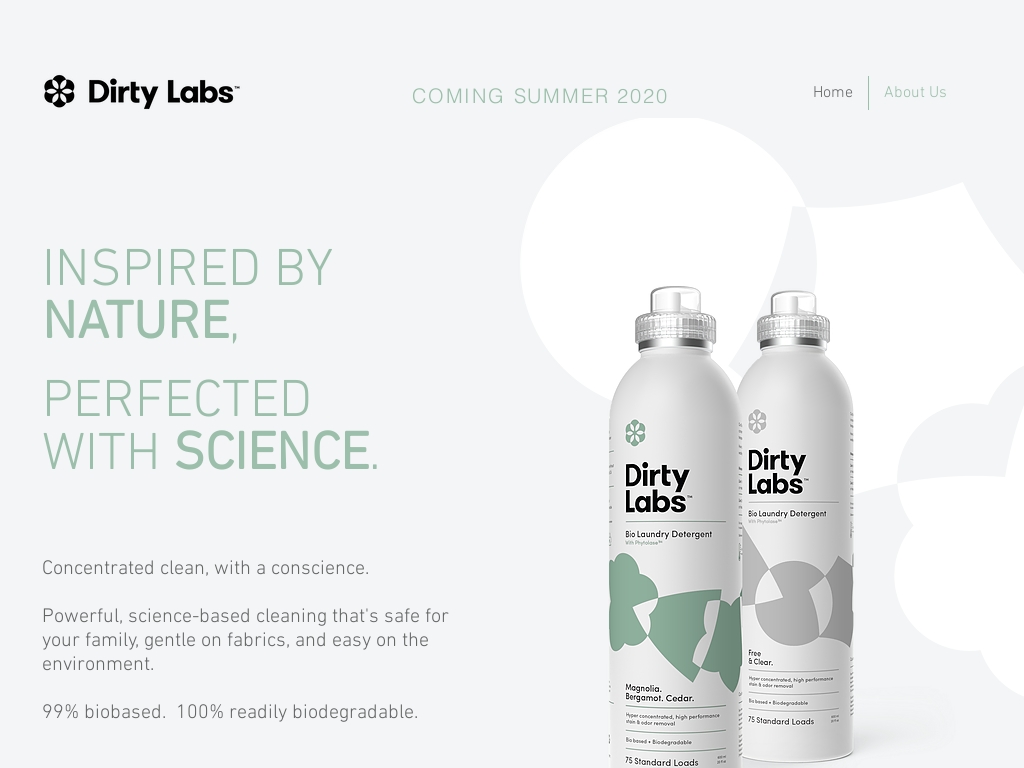

Dirty Labs, a cleaning innovation lab founded by CEO David Watkins, introduces a line of laundry detergents that solve the cleaning trilemma, being safe, sustainable, and effective, achieving the goal with formulations that leverage nature-inspired green chemistry and earning $240k annually from the direct-to-consumer distribution.




8. Paper Saver ($72K/year)
Jon Yong, an architect, came up with the idea for the Paper Saver after constantly printing off draft designs that became obsolete moments later. He devised a handmade "Paper Saver" out of cardboard with a pocket inside, which allowed him to insert used paper and access the blank sides as pages of a notebook. Intrigued by the interest it generated from colleagues and clients, Jon and his partner launched the Paper Saver in 2015, and it has since grown year-on-year by an average of 20%.
How much money it makes: $72K/year
How many people on the team: 1
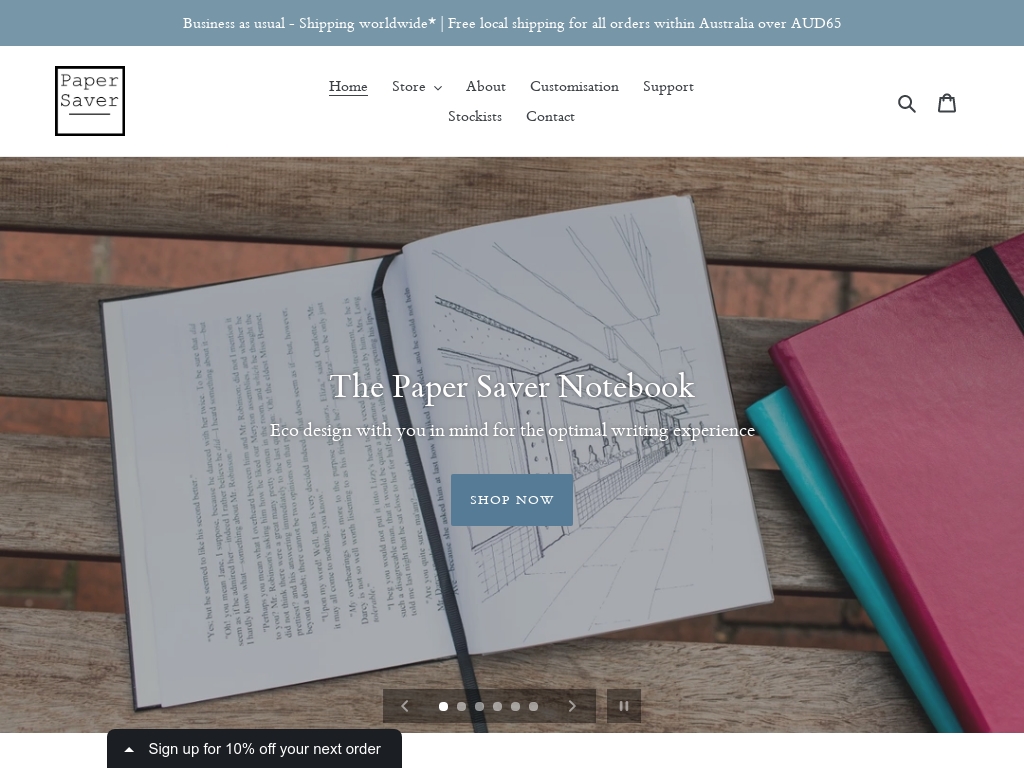

The Paper Saver is a sustainable notebook that reduces paper waste by utilizing used paper as pages, and has grown YOY on an average of 20% since its 2015 launch, with an expanded range including the Leather Paper Saver and the Sparkle Paper Saver for Kids.





Download the report and join our email newsletter packed with business ideas and money-making opportunities, backed by real-life case studies.

Download the report and join our email newsletter packed with business ideas and money-making opportunities, backed by real-life case studies.

Download the report and join our email newsletter packed with business ideas and money-making opportunities, backed by real-life case studies.

Download the report and join our email newsletter packed with business ideas and money-making opportunities, backed by real-life case studies.

Download the report and join our email newsletter packed with business ideas and money-making opportunities, backed by real-life case studies.

Download the report and join our email newsletter packed with business ideas and money-making opportunities, backed by real-life case studies.

Download the report and join our email newsletter packed with business ideas and money-making opportunities, backed by real-life case studies.

Download the report and join our email newsletter packed with business ideas and money-making opportunities, backed by real-life case studies.










